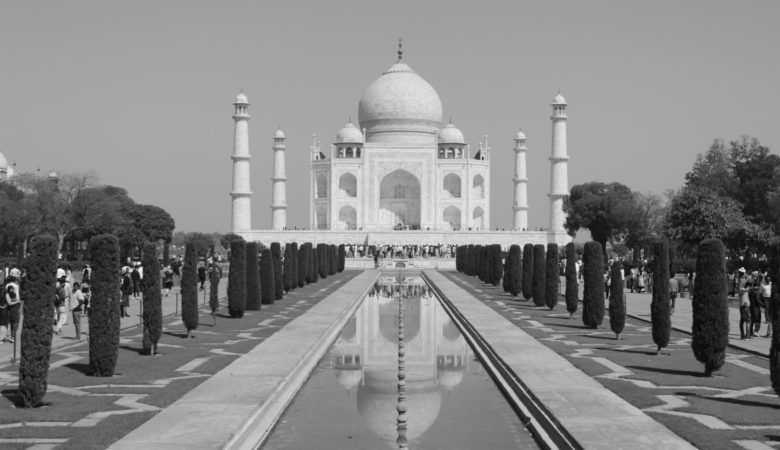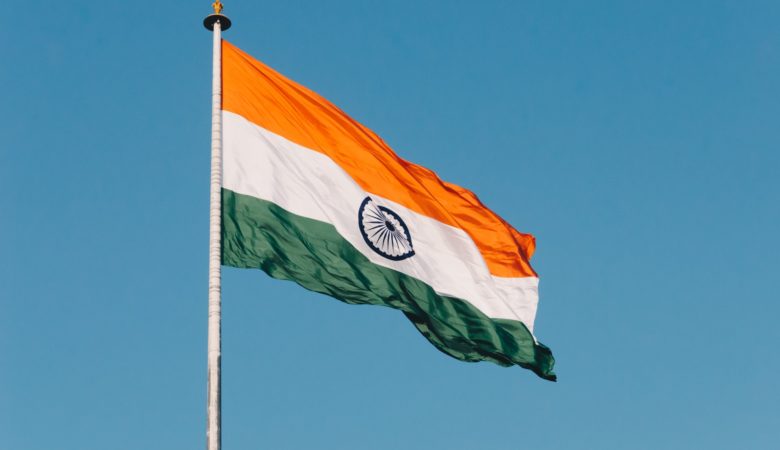Central Chronicle – 26.09.2020
No county in world has ever achieved the trade dominance or high level of affluence without a vibrant world market share. India has been a laggard in this domain although there had been repeated attempts by various government to boost exports. Some of the major drawbacks for poor export performance had been the lack of innovation, research and technology incorporation in country. Lack of capital and technical superiority had also been a major problem with Indian exporters. India had been relying on traditional exports whereas the world has moved to technological sophistication to garner better market share. Chinese domination in this field had been phenomenal.
A brief look at global merchandise exports figures suggests that it was a market of $ 17.73 Trillion in 2017 and is hovering around $ 20 Trillion presently. Based on 2017 figures, China commanded a share of 12.8% of world market, US with 8.7%, Germany 8.2%, Japan 3.9% and then lower places occupied by Netherland, South Korea, Hong Kong, France, Italy and UK. Indian share in export basket was mere 1.7% of world trade in 2017 which has now moved down further to below 1.5%.
Let’s have a brief look at major world export goods categories:
- Energy and resources-intensive energy and resource-intensive goods such as fuels and mining products, iron and steel, paper, etc. aggregating about 30% of total global exports;
- Sunrise industrial goods largely in the electronics and telecom sectors, accounting for 25%;
- Automobile products, machinery, chemicals, pharmaceuticals, etc., another 25%;
- Agriculture products at 10%
- Labor-intensive tradable such as textiles, clothing, leather goods, and miscellaneous manufactures, another 10%.
India’s export basket had primarily been comprised of agricultural products, petroleum, chemicals, minerals, gemstones and labor intensive garment sector.
The merchandise export figures for last 6 years for India are given below for brief overview:
- 2013-14 – $ 314 billion
- 2014-15- $ 316 billion
- 2015-16- $ 262 billion
- 2016-17 – $274 billion
- 2017-18 – $ 302 billion
- 2018-19 – $ 331 billion
- 2019-20 – $ 314 billion
It is evident from figures above that India had been struggling since year 2014. With great difficulty India had been able to re-capture the figures of 2014 in year 2019-20. Prior to 2019-20, it had been a downward slide despite various committees, advisors and group of ministers constituted to boost exports but none succeeded.
The Foreign Trade Policy (FTP) 2015-20 which was designed and framed by BJP government after Modi took over as PM in 2014 had proved to be pale shadow of previous FTP. India had been exporting merchandise goods worth $ 314 Billion by year 2013-14 and policy aimed at $ 900 Billion exports by to garner 3.5% share of world exports by 2020. Target appeared to be mirage and after many slumps and poor performance in intervening period, export reach $ 314 Billion again in 2019-20. Against target of $ 900 Billion, India could achieve barely $ 300 Billion export figures.
RBI data revealed that merchandise exports which peaked at 17% of GDP in 2013-14 dropped to just 12% in 2016-17 and further to 11% in 2019-20. A comparative study of Vietnam for same period suggests that Vietnam succeeded in achieving more than doubling of exports from 2013 figures. Bangladesh too had 50% jump in exports in 2019 when compared with 2014 figures. In first 8 months of year 2020, Vietnam had surpassed exports of India which is a kind of quantum jump for tiny country.
Now with such dismal picture, what steps could have been taken by India to sustain in world market. The areas of improvement could be summarized as such:
- Remove all import restrictions and let there be free flow of imports
- Give concessional land for export oriented units
- Provide reasonably priced electricity
- Let there be consistency in taxation
- Labour laws need to be relaxed
- Infuse technological innovations
- Make new schemes for import of capital goods which would be totally duty free
- Arrange cheaper capital for units
- Reduce logistic expenses
- Reduce time to reach ports from production hubs
- Incentivize exports with WTO compatible subsidies and other concessional aids
- Encourage innovation and research
- Keep track of new technologies emerging on world scene
- Encourage new age technologies and incentivize research
- Encourage better, cheaper and faster production domains
If India could manage these inputs and necessities then it can hope to compete with world producers i.e. China, South Korea, Germany, japan, Taiwan, Vietnam and Thailand else it will remain laggard in world market with poor quality goods which would be more expensive too. There is no alternative to better, cheaper and faster mode of production and if Indian entrepreneurs can do it in coming decades then they can fare better share in world market. India need to learn and learn fast from its neighbor Bangladesh and present darling of world Vietnam. Time is simply not on India’s side.
(Dinesh K Vohra & Dr. Sushma Gajapure ‘Sudiv’ are independent writers on economic and contemporary issues)



Leave a Reply